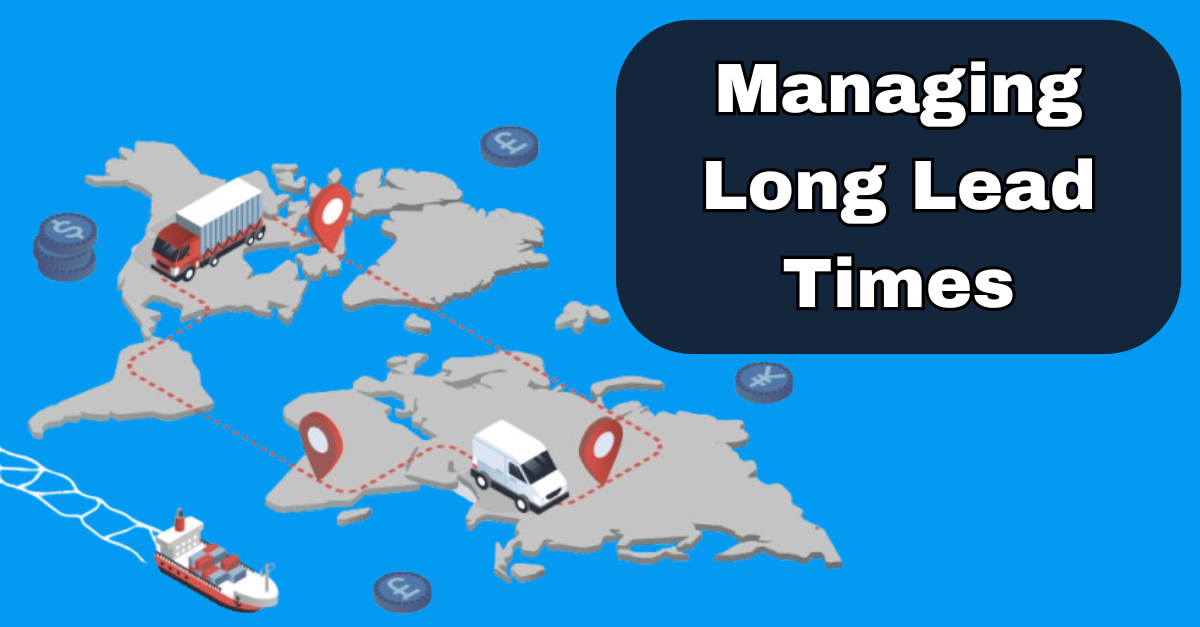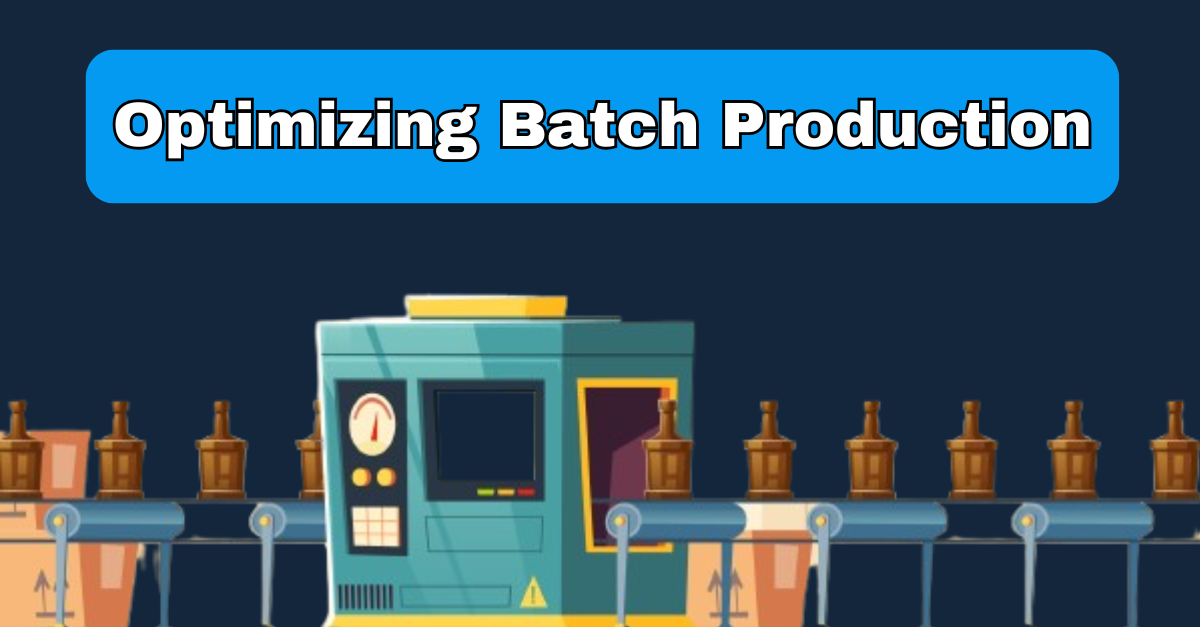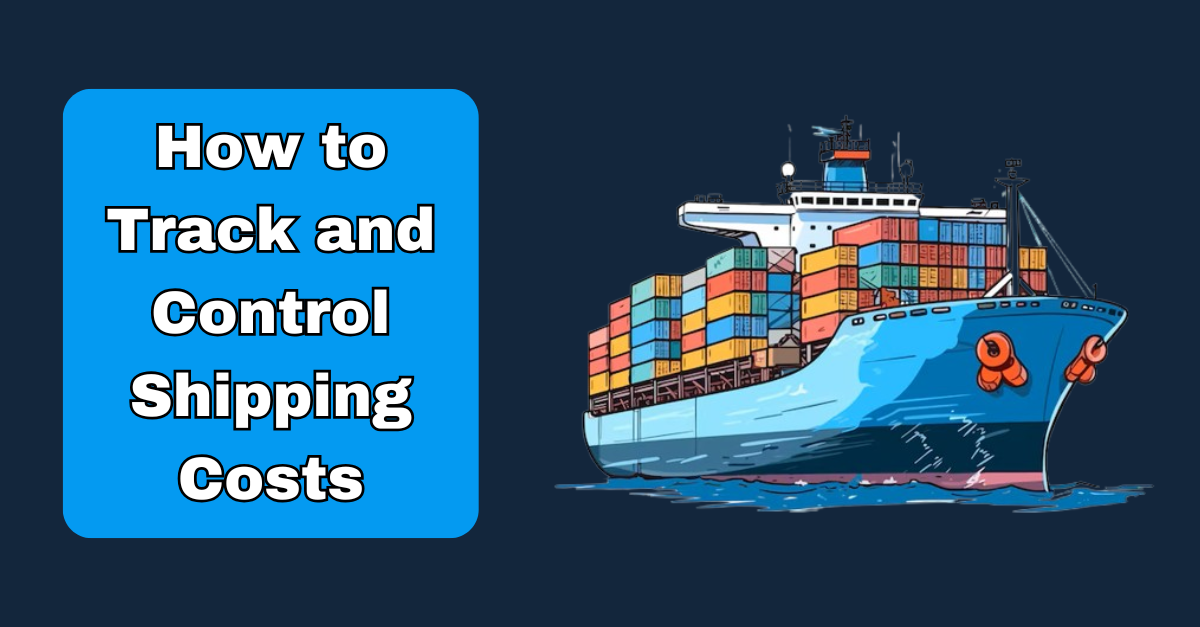In supply chain management, AI's limitations are primarily rooted in its current state of development. AI relies heavily on historical data for forecasting and decision-making, making it less adaptable to abrupt market shifts or unforeseen disruptions. Additionally, some AI models lack transparency, posing compliance challenges in regulated industries. The technology is not yet fully equipped to handle complex scenarios that require nuanced human judgment and real-time adaptability. However, despite these limitations, organizations can still harness AI for tasks where it excels today. As AI continues to advance, careful implementation can lead to gradual improvements.
Admin Tasks: Supply chain professionals can leverage generative AI tools to automate administrative duties like generating customs documents, packing lists, and commercial invoices. By training these AI systems on large datasets of relevant documents, they can learn patterns and structures, gradually improving quality over time. This practice can extend to other areas within the organization, such as human resources, customer service, and basic coding tasks, freeing up valuable time for more strategic work.
Demand Forecasting: AI algorithms analyze vast datasets, including historical sales data, market trends, and even real-time information, making them capable of providing more nuanced and precise forecasts than traditional methods. The key here is specificity in data inputs and prompts, ensuring that AI tools extract the most relevant information for analysis. AI's continuous learning ability enables it to identify patterns and trends that humans might miss, contributing to more accurate predictions. As supply chains often operate in dynamic environments, the capability of AI to incorporate real-time data from various sources ensures that forecasts remain up-to-date and reflective of changing market conditions. This empowers businesses to optimize inventory levels, reduce overstocking or stockouts, and ultimately, meet customer demand more efficiently, all while minimizing operational costs.
Route Optimization: AI factors in a wealth of real-time data, such as traffic conditions, weather forecasts, and even potential disruptions, allowing organizations to make dynamic decisions and adjustments on the go. Just as in demand forecasting, specificity is key in route optimization, as AI tools need clear instructions about data sources and desired outcomes. These algorithms continuously learn from their experiences, adapting to ever-changing conditions, and suggesting optimized routes. This translates into reduced delivery times, improved resource allocation, and cost savings throughout the supply chain network.
As AI evolves, so should your supply chain. By staying at the forefront of AI adoption, businesses can position themselves for long-term success and efficiency.
Sources:
The Role of AI in Supply Chain Optimization
The Limitations and Potential of Generative AI in the Supply Chain - Supply Chain Brain










